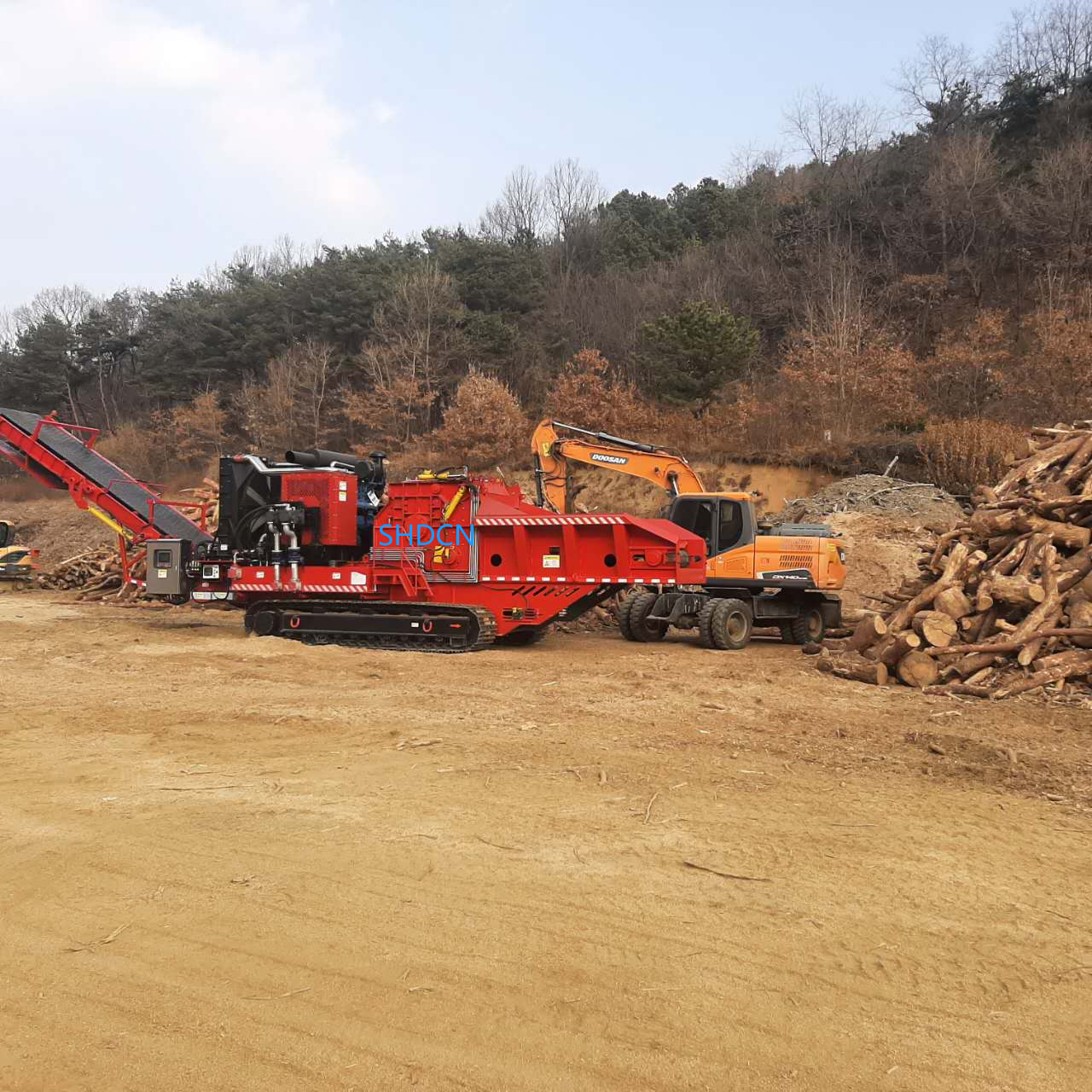For huge scale operations, processing wood in an efficient and effective manner can determine success in productivity and profitability. The advent of industrial wood chippers has proven to be useful in this area. This article discusses how industrial wood chippers with their benefits in waste handling, cost savings, and environmental care are mighty beneficial in business settings.
1. Best Mulch and Waste Handling
Industrial wood chippers are especially effective in terms of waste handling. Wood waste in large scale operations poses logistical problems. With industrial wood chippers, businesses can turn large amounts of Timber debris into manageable wood chips. This reduces the space for waste storage, enables easier disposal and transportation. This particular essence of wood chippers maximizes the utility of waste by wood chips that can be utilized as mulch, biomass fuels and erosion control.
2. Cost Efficiency
Large-scale operations stand to benefit greatly from investing in industrial wood chippers. Disposing of wood through traditional means like landfilling or burning incurs hefty costs and is often subject to regulatory restrictions. Industrial wood chippers solve this problem as they significantly reduce the costs associated with waste disposal as well as the environmental issues tied to waste. They also minimize the time spent in processing wood waste which improves operational efficiency and enables companies to divert resources to more critical business activities.
3. Environmental Sustainability
Industrial wood chippers are important in fostering sustainable practices which is especially crucial now. Transforming wood waste into reusable products enables companies to significantly decrease their carbon footprint. The wood chips produced can also be utilized as renewable energy sources which aids in promoting a circular economy. These also help in reducing the amount of waste that goes to landfills which works towards reducing pollution and helping promote sustainable forestry practices. Sustainability enhances brand perception and market competitiveness for businesses which in turn makes them more preferred by consumers.
4. Various Possible Applications
Versatility defines an industrial wood chipper because they can be applied or used in various industries such as landscaping, construction, and even in agriculture. For example, landscapers can use wood chips as mulch to help with moisture retention in soil as well as suppress weed growth. Besides, the construction industry can use wood chips as raw materials for composite products or even erosion control products. This adaptability helps businesses to maximize their return on investment.
5. Better Compliance with Policies
As far as large scale operations are concerned, safety is something that needs to be given utmost importance. In comparison to the rest of the manual wood handling processes, the industrial wood chipper makes the workplace much safer when it comes to the risks associated with wood handling disposals. With industrial wood chipping, the risk of being injured by heavy lifting of materials or hazardous equipment is way too lowered. Furthermore, wood chippers can help businesses to comply with policies regarding waste and emissions which protects their operation integrity and industrial standing.
Market Trends Dynamics
The market for industrial wood chippers is growing rapidly because there is an increasing need for sustainable practices. Enhanced efficiency and lower energy requirements of newer chipper technologies make these machines easier to be adopted by more companies. Additionally, the growing focus on renewable sources of energy will likely boost the already rising demand for chippers as companies try to harness biomass energy. To summarize, industrial wood chippers have numerous advantages in large-scale operations and aid in achieving business goals while meeting environmental considerations.

